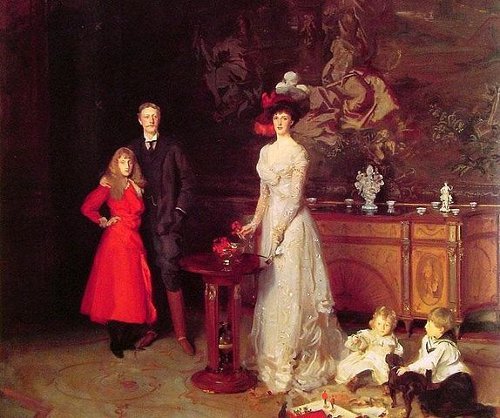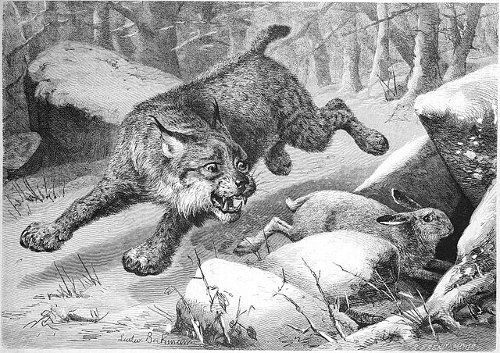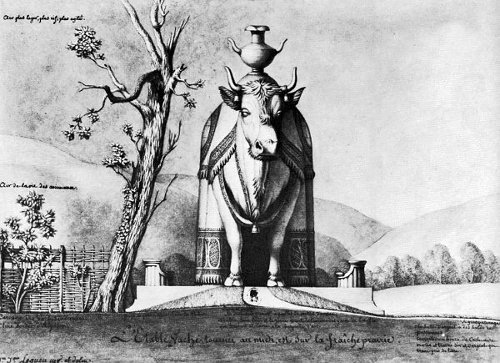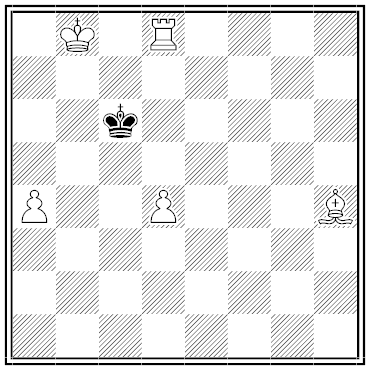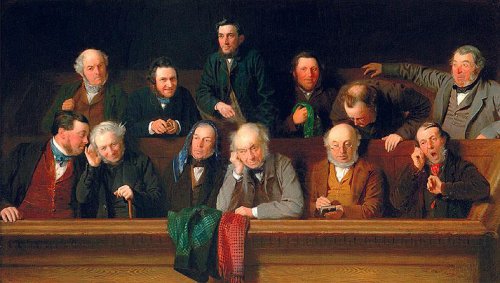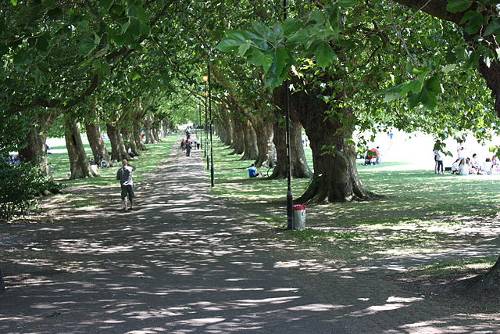Unusual dissertation titles from the University Microforms International dissertation database:
- “Electrical Measurements on Cuticles of the American Cockroach”
- “Determinants of Flossing Behavior in the College Age Population”
- “Classification of Drinking Styles Using the Topographical Components of Beer Drinking”
- “”More Fun Than Anything” (about cyclopropenium salts)
- “Creep of Portland Cement Paste”
- “Garage Sales as Practice: Ideologies of Women, Work and Community in Daily Life (Volumes I and II)”
- “Finger Painting and Personality Diagnosis”
- “Communication Use in the Motorcycle Gang”
- “‘Santa Claus’: A Mime-Opera Based on The Morality by e.e. cummings”
- “Ritual Drama in American Popular Culture: The Case of Professional Wrestling”
- “Things That Are Good and Things That Are Chocolate: A Cultural Model of Weight Control as Morality”
- “Acute Indigestion of Solipeds”
- “The Making of a Hippie Self”
- “Jock and Jill: Aspects of Women’s Sports History in America, 1870-1940”
- “An Adaptive Surfing Apparatus”
- “The Function of the Couch in Stimulating Altered States of Consciousness in Hypnosis and in Psychoanalysis”
- “I Am You, You Are Me: A Philosophical Explanation of the Possibility That We Are All the Same Person”
- “You Can’t Just Plug It In: Integrating the Computer Into the Curriculum”
One dissertation’s acknowledgment page read: “Yes, Mother, I am finally done; and no, Mom, I don’t know what good a doctor’s degree is either if I can’t fix you when you’re ill.”
(From a UMI press release, quoted in The Whole Library Handbook 2, 1995.)

